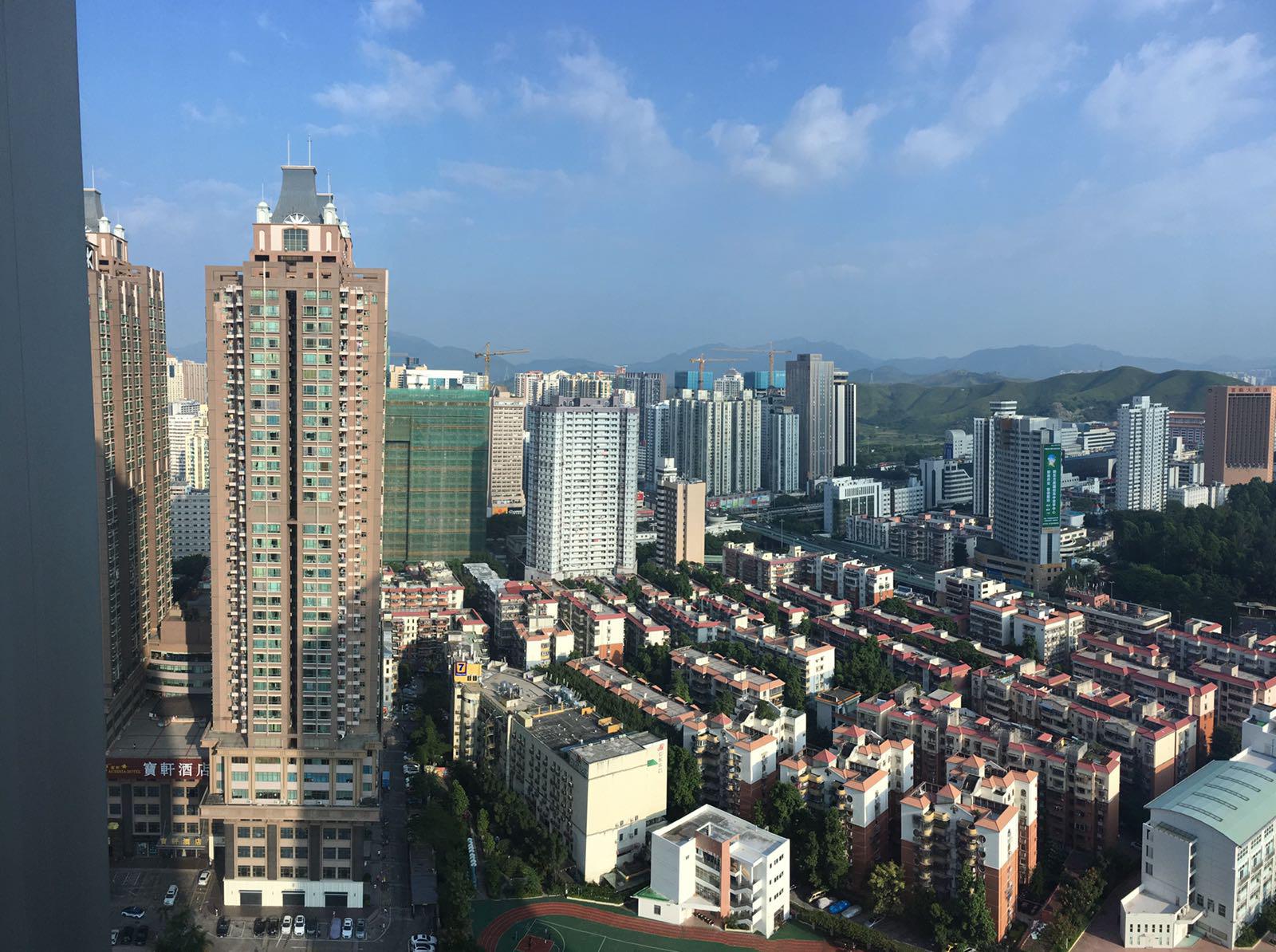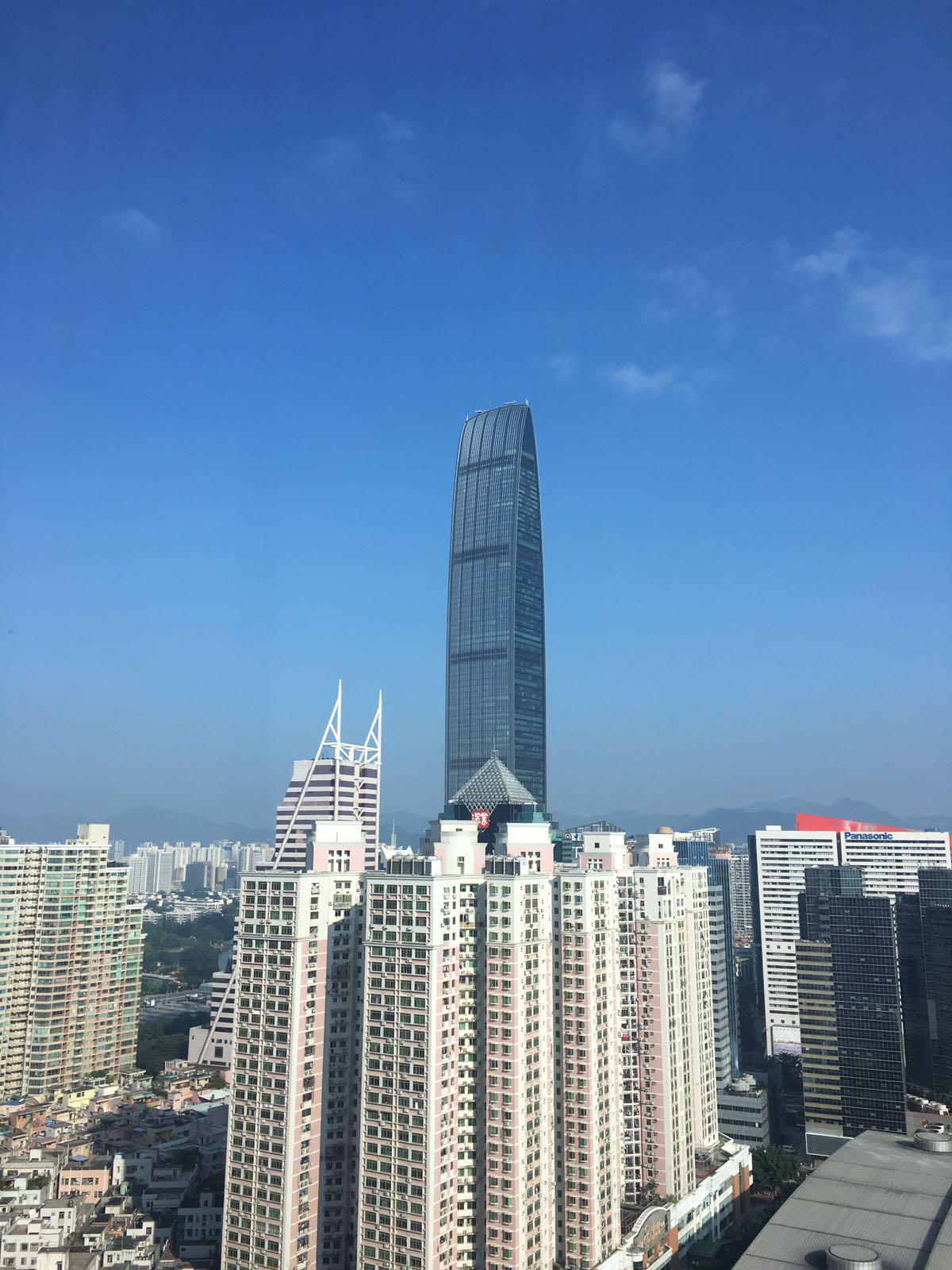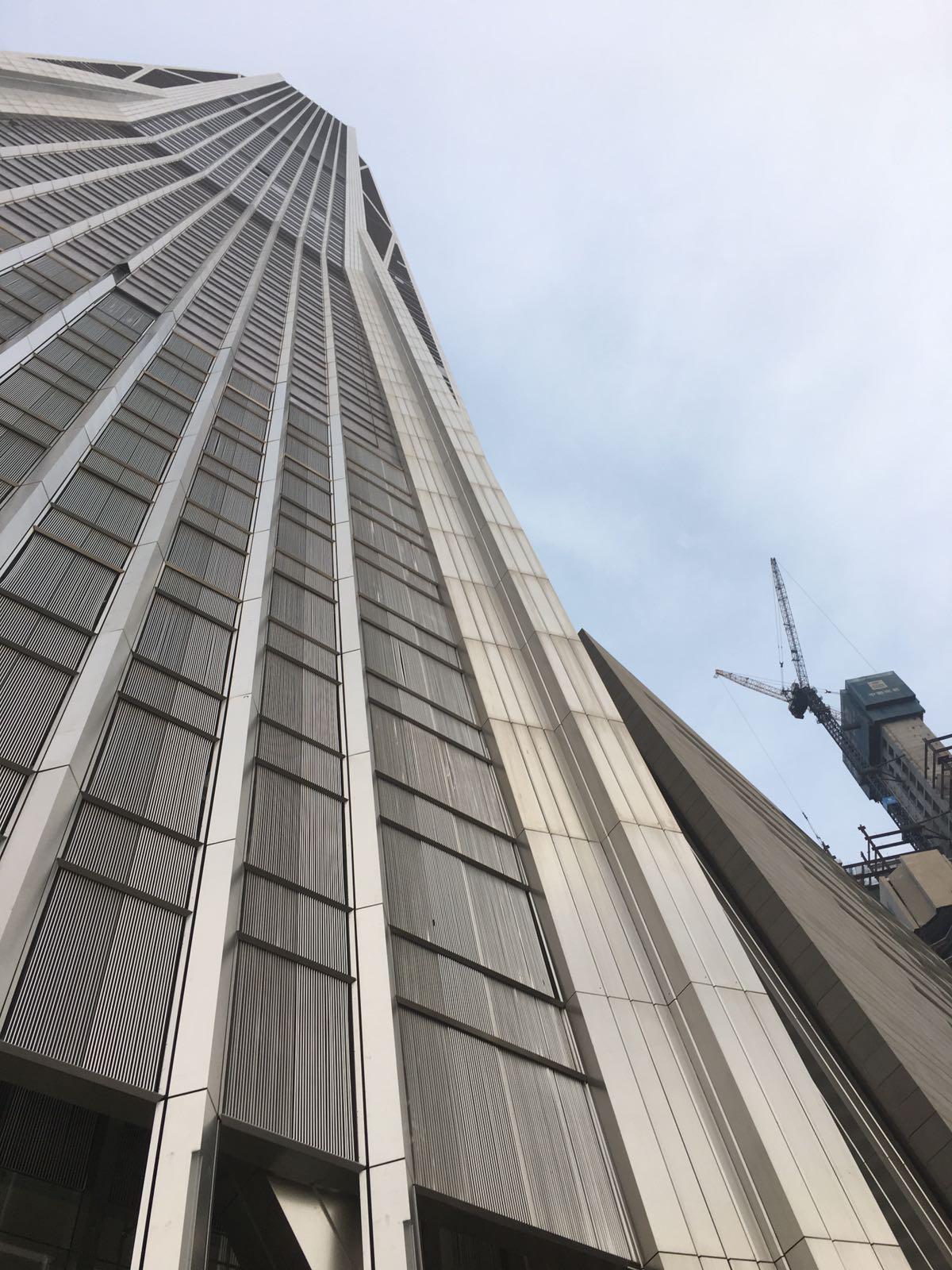From Cities To Megacities: Recapping This Year's CTBUH International Conference
TUD+ MEMBER CONTENTBy Jessica Liew, Plus Architecture
The Council on Tall Buildings and Urban Habitat (CTUBH) recently held its annual international conference with this year’s topic, Cities to Megacities: Shaping Dense Vertical Urbanism, sparking an explosive discussion on the global agenda.
Held progressively over three Chinese cities - Shenzhen, Guangzhou and Hong Kong - which are effectively merging together to form the world’s single largest ‘Megacity’, the symposium discussed the impact of urbanisation in China’s Pearl River Delta which is set to grow to potentially 120 million inhabitants by 2050.
“There is perhaps nowhere on the planet that demonstrates the impact of urbanisation as markedly as the cities of China’s Pearl River Delta – which surpassed Tokyo as the world’s largest single continual urban conurbation of 42 million in 2010, and is set to grow to potentially 120 million inhabitants by 2050,” said CTBUH in its correspondence with the delegates.
Investigating the true facets of urbanisation and vertical growth, the CTBUH International Conference dove right into the theme, with an Opening Plenary charting the meteoric rise from City to Megacity of the Pearl River Delta region.
“The results of the rapid and unprecedented urbanisation in this region has produced an entirely new urban substance, one that has provided an unequalled opportunity to explore the impacts of tall buildings set within a network of ultra-connected, modern infrastructure."
The real impact of density
Over six days and with some 1,350 other delegates from 46 countries we would come to see how each city responded to urban development and expansion in its own unique way and the lessons to be learnt from:
Hong Kong a best-practice example of ‘transit-oriented development’
Shenzhen an infrastructure-led growth zone, and
Guangzhou an architectural hybrid that balances iconic structures with their historic roots.

From human scale neighbourhoods to public spaces, Duncan Pescod, CEO of the West Kowloon Cultural District Authority, considered the need for a “multi-faceted approach”, commenting, “To the planning, design, and management of public space, it must enrich the quality of the city.
“It’s about fostering communities; it’s about supporting the local economy; it’s about attracting new business,” Pescod said.
Designing for a modern city
Meanwhile walking tours prompted real world explorations of the ground plane relationships towers have with pedestrians and the public sphere. Concepts of walkable cities, street level activation and pedestrian engagement were raised as the role of iconic architecture came into question.
Patrik Schumacher, Principal of Zaha Hadid Architects, put it poignantly when he described the current architectural climate commenting, “If you keep piling up landmarks, they all cancel each other out and generate a strange homogeneity, which makes every city look the same even though they try so hard to be different. That’s what we need to overcome.”
Raising another challenge, Long Xiu, Chairman, Architectural Society of China, spoke of China’s changing architecture guidelines and how their effect on innovation – a topic many from Sydney and Melbourne will be all too familiar with.
Xiu highlighted the need for balance, with many agreeing that mandating a broad guideline structure stifles ingenuity and limits our ability to tackle social and physical issues, noting, “The most important element of China’s new architectural principles is the respect and protection of nature, making an environment that is responsible to humans and society at large”.
With CTBUH Executive Director Antony Wood later adding, “It’s not necessarily about the tall building, it’s about urban density – it’s about the saving of land and the concentration of infrastructure.”
Vertical versus horizontal: to build up or out?
Urban sprawl was a recurrent theme with many arguing in favour of vertical urbanism within the bounds of reasonable economic and planning constraints, a sentiment reinforced by those on Pecha Kucha’s panel “How High Can We Go and Why Should We?”
Echoing BIAD Deputy Chief Engineering, Long Ma’s arguments for polycentricism, Swire Properties, General Manager, Development & Valuations, Tim Blackburn, later commented on the value of multiple tall building nodes rather than the traditional central business district or as he put it, the shift from “central” to “core” business districts.
“From a planning and practical perspective, it increasingly makes sense to concentrate and cluster multi-story commercial office buildings near to each other to facilitate human interaction, information exchange, and commerce,” said Blackburn.

Presentations on specific developments, including Jeddah City/Tower and One Shenzhen Bay, were offered as efforts to contextualise tall buildings and absorb the very latest in best practice developments in both skyscraper and urban design from around the world continued.
How do we prepare our cities for growing urbanisation?
Touching on the urban habitat in a contemporary city, many more sessions considered how high-rise buildings shaped urban development, their role as both anchor and catalyst and their function in these megacities. In Hong Kong for instance, the concept of “a city without ground” came to the fore.
Cities without Ground: A Hong Kong Guidebook
explains, “Hong Kong is a city without ground. This is true both physically (built of steep slopes, the city has no ground plane) and culturally (there is no concept of ground). Density obliterates figure-ground in the city, and in turn re-defines public-private spatial relationships.”
“Perception of distance and time is distorted through compact networks of pedestrian infrastructure, public transport and natural topography in the urban landscape. Without a ground, there can be no figure either. In fact, Hong Kong lacks any of the traditional figure-ground relationships that shape urban space: axis, edge, centre, even fabric.”
Comparatively Shenzhen is “a modern metropolis”. Linking Hong Kong to China’s mainland, Shenzhen was one of the fastest-growing cities in the world during the 1990s and the 2000s and an early adopter of apartment living with its oldest city and commercial precinct, Luoho, known for its “hand-shake” buildings.
These low-rise structures of five to eight levels, typically set back 2m, stand in contrast to modern skyscrapers like the 600m-tall Ping International Finance Centre.
Shaping Dense Vertical Urbanism
This juxtaposition of scale illustrated both the positives and negatives of concentrated urban infrastructure and brought us to the crux of the conference: how do we effectively prepare our cities for growing urbanisation and the new paradigms in urban design and development?Beyond transit-oriented development, which everyone agreed is an essential design strategy for successfully developing dense urban environments, Winy Maas, Director, MVRDV, shared his own vision for future cities.

Focused on improving the livability of skyscrapers through vertical urban design, Maas highlighted the success of a building that actively aligns with its context, environment and social sphere.
Maas presented a number of conceptual exercises that seek to reframe the human experience in a tall building setting, all presented as they pertain to context, the environment, and a vibrant social sphere.
I am inclined to agree. Shaping dense vertical urbanism becomes about awareness, about adaptability and about collaboration. In order to create these efficient and effective cities or Megacities, we need to be proactive in our approach and flexible in our execution.
My five key observations
Up not out: In the face of growing urbanisation we need to change perceptions of density and deliver activity zones of scale that can support growing populations and an interconnected lifestyle.
Positive high-density development requires collaboration at national, state and local level from government, governing bodies and the partners responsible for delivering a project.
There is a place for iconic architecture, however, the ego needs to be removed; the building must look beyond itself at its environment, context and inhabitants to be successful.
Transport orientated development will be fundamental to the development of any modern city.

Jessica Liew is a Director at Plus Architecture. Having started as a student for the firm, she is now responsible for the firm's high level strategy, client interface and high profile projects.













